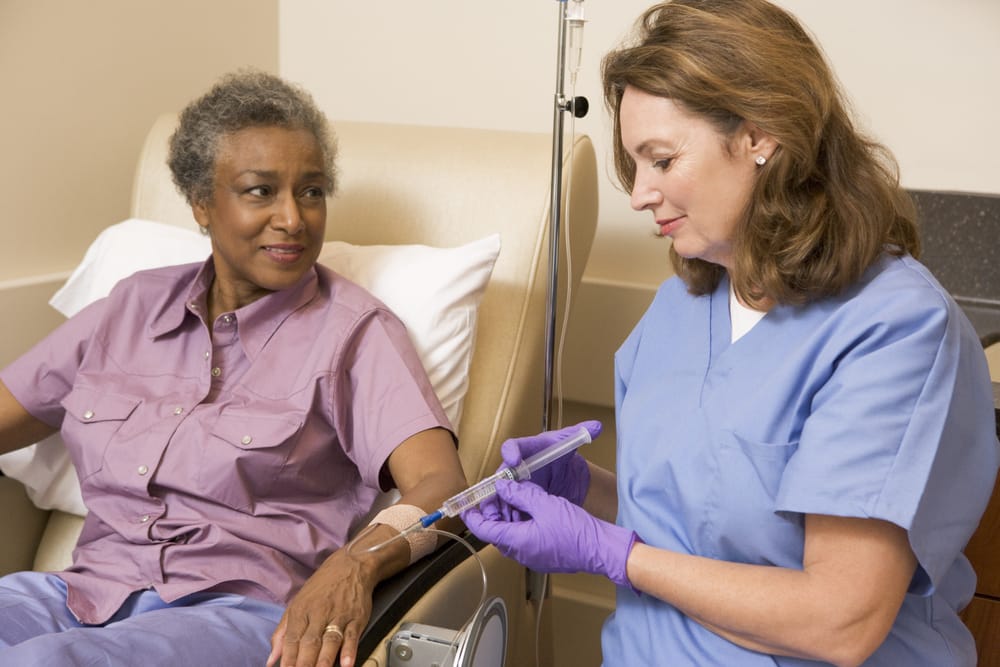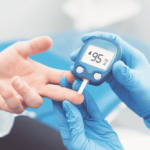Access to equitable, quality healthcare is a familiar and longstanding struggle for many U.S. families – especially amongst underserved communities and those living with rare and chronic health conditions.
Independent charitable patient assistance organizations were established to support underserved populations by helping with the cost of prescription copayments. And over the last several decades, these organizations have provided billions of dollars in financial assistance to qualified individuals, collectively supporting access to needed healthcare services and treatment for hundreds of thousands of people.
However, since the introduction of patient assistance organizations and programs, the healthcare landscape has changed and access to care has become more challenging. Treatments are expensive, and access to such therapies is compounded by the rising cost of daily living expenses. This leaves room for widening the health equity gap. By examining the state of households today and inequities in access and affordability, we can better understand how to address financial challenges and improve outcomes, beginning at the local level.
While major changes in healthcare policy have been and are still being implemented, there are systemic issues that have yet to be solved. As healthcare needs change, patient assistance organizations, patient advocacy groups and others are shifting their offerings to address these ever-changing circumstances. By providing support beyond prescription copayments, patient assistance programs administered by all entities can improve access to care for individuals, which subsequently improves patient outcomes.
Inequalities in Healthcare Access and Affordability
From 2000 to 2021, healthcare expenditures in the U.S. have tripled from $1.4 trillion to $4.3 trillion. During roughly the same timeframe, the number of people who report putting off treatment due to cost increased nearly 20 percentage points (19% in 2001 to 38% in 2022).
Lower-income individuals and families are more likely to delay care due to cost because they are less likely to have health insurance and often cannot afford out-of-pocket expenses. Even moderate-income families on high-deductible or more restrictive health insurance plans are facing difficulty with affording medications and other necessary healthcare interventions.
Americans have an astonishing $220 billion in medical debt with about 3 million people owing more than $10,000 each. Unfortunately, those with rare and chronic health conditions are likely to see an increase in debt over time as they attempt to afford much needed care. The impact amongst high-risk populations such as African Americans is greater with 13% reporting medical debt compared to 8% of White and 3% of Asian Americans. Furthermore, one in 10 individuals with a household income below 400% of the federal poverty level (FPL) report having medical debt. A report from the National Opinion Research Center at the University of Chicago revealed that 8 million Americans started crowdfunding campaigns to pay their medical bills. The grueling fact of the matter is that the inequities in healthcare are multifaceted and cannot be solved by addressing one single factor.
By not doing all we can now to help ensure patients can access and afford healthcare, we increase the chance of generating catastrophic medical events that our health system may find difficult to absorb.
The Financial Burden of Medical Progress
There has been a steady introduction and approval of advanced treatments that can dramatically improve health outcomes and potentially cure devastating health conditions. While these advancements offer hope for many, they come at a high cost which insurers may be reluctant to pay, and small businesses who self-insure often cannot afford.
As an example, let’s consider new gene therapy treatments for conditions such as sickle cell disease and hemophilia. These treatments offer opportunities for significant improvement in the health and lives of patients but are priced at $2 million to $3 million and it is unclear if or how insurance companies will cover these therapies as more become available. Consequently, those who are uninsured or struggling to afford care may not have an equal opportunity to access these modern therapies.
Change Begins Locally
Independent charitable patient assistance organizations are standing in the gap – addressing individual patients’ unique needs within tight budgetary, operational, and regulatory guardrails. But there is more that can be done across a wider network of healthcare organizations to create an ecosystem of attainable care.
By collaborating with community partners, organizations can step in and offer individuals the support needed to help pay for healthcare costs and address other social determinants of health. And the importance of community health workers cannot be understated, especially in communities that are hard to reach or lack trust in the healthcare system. As trusted members of targeted communities, community health workers play a vital role in filling gaps in access to care. They are uniquely positioned to identify social determinants of health, such as food insecurity or unemployment, that can get in the way of accessing proper treatment.
Additionally, community health clinics – whether a free clinic or federally qualified center – can also provide low- or no-cost health services such as diagnostic testing, screening, and mental health services for patients. Assistance organizations can work in partnership with these clinics to assist with daily living costs and expenses, provide transportation to medical appointments or grocery stores, and more.
The Implications of Well-Intended Policy
Advocating for policy measures that improve healthcare affordability is critical. The Inflation Reduction Act (IRA) included provisions designed to limit co-pays and other costs of select medicines for individuals on Medicare (more than 65 million Americans). These provisions aim to make premiums, co-payments, and certain medicines more affordable in the next few years for Medicare recipients. Even with those well-intended cost savings, our most fixed income population may still face difficulty affording their care. And the costs may be shifted to other health system stakeholders, which could be passed along in ways that may still hinder access.
The Evolution of Assistance
Nonprofit patient assistance organizations were founded to provide copay assistance to underserved patients, which was a key barrier to healthcare access at the time. Now, these organizations are adopting more holistic and individualized approaches to patient assistance and helping with the cost of out-of-pocket medical expenses such as office visit copayments and travel. These changes reflect the increasing importance and interdependencies of modern influences on access and outcomes.
The cascading impact of gaps in access is not limited to the underserved – they impact all of us. When people aren’t properly diagnosed, treated, and cared for, health outcomes worsen, and systemic costs increase. We must work to eliminate barriers to care so any person, regardless of their background (race, gender, zip code, income, education etc.), can benefit from improvements in healthcare.

Tiara Green
Tiara Green serves as the Interim CEO of Accessia Health, a national nonprofit with a mission to provide the financial safety net, products, services, and assistance to patients and families living with rare or chronic health conditions. With a visionary mindset, Tiara is dedicated to advancing health equity, identifying, and fulfilling the disparities in patient care, and empowering the next generation of professionals. She has a B.S. from Virginia Commonwealth University and her MS.Ed. from Virginia Polytechnic Institute and State University, focusing on community health and health promotion, respectively.







